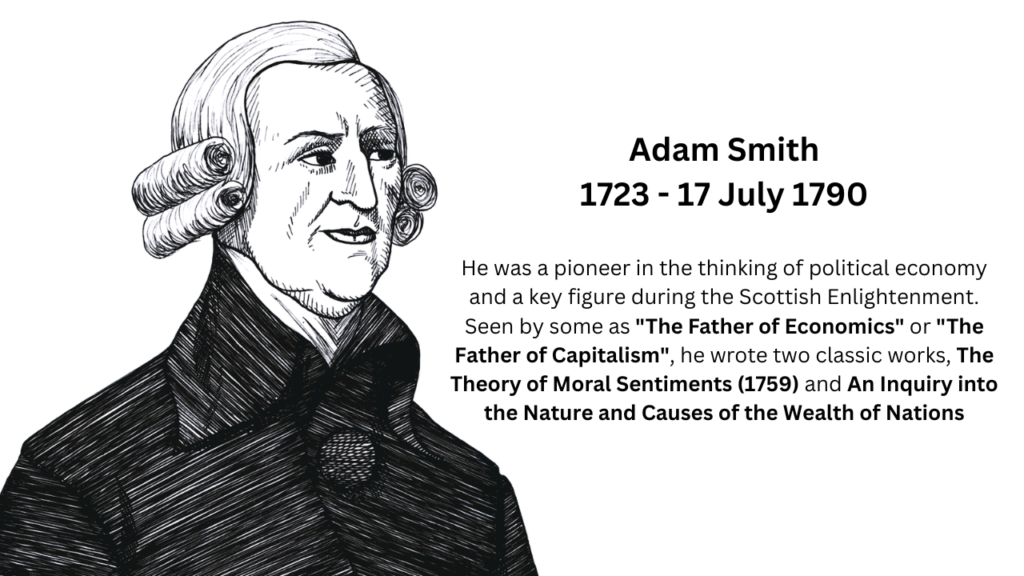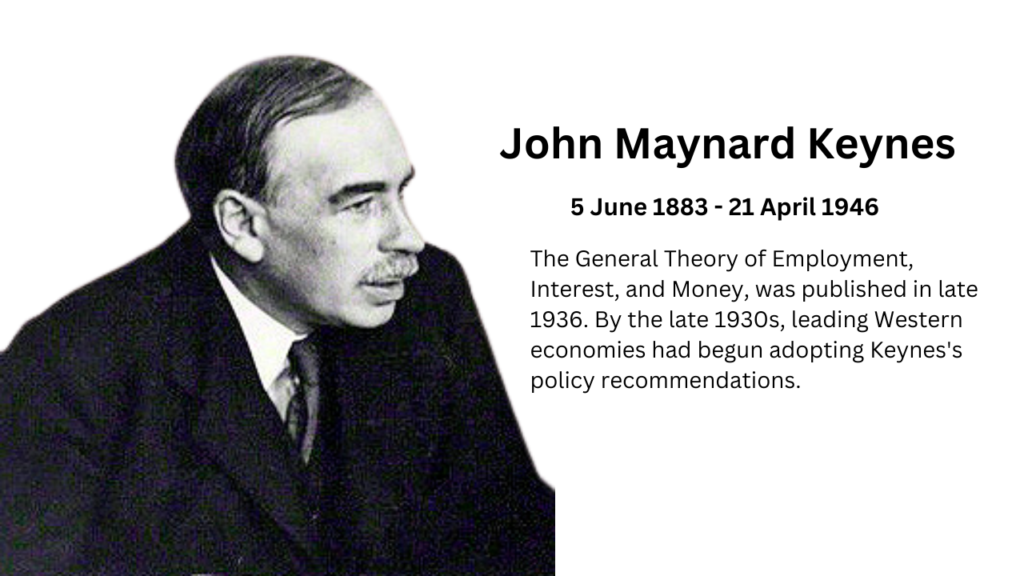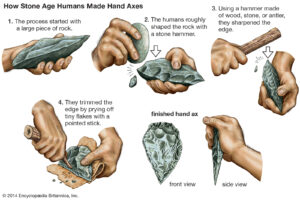Macroeconomics is a branch of economics that deals with the study of the behavior and performance of the entire economy. It examines the overall economic activity of a country or region, rather than the behavior of individual consumers, firms, or markets.
NOTE: Any concept of economics is only applied when there is an economic activity.
Economic activity means the exchange takes place using money. Therefore we can conclude that economic activity inside a forest by the forest dwellers and tribes is not an economic activity as it involves a barter system.
Table of Contents

What constitutes economic activity?
The economic activity involves a person producing a product and selling it to others in exchange for money. The person or a group undertaking the production activity is known as an entrepreneur. Therefore production is an economic activity. There are only two things that can be produced it is either goods or services. There are certain conditions that are necessary for production to take place. We have also mentioned the things that they earn in return for participating in production activity. They are as follows.
- Land earns rent
- Labour earn wages
- Capital earns interest
- Entrepreneur earns profits
The flow diagram represents firms taking services from households by employing them in return for wages. Households spend the received wages on buying goods and services produced by the firms. The household spending acts as an income for the firm and using this income they pay rent, interest, wages, and profits.

What is Macroeconomics?
Macroeconomics is concerned with topics such as inflation, economic growth, employment, monetary policy, fiscal policy, and international trade. It seeks to understand the relationships and interactions between different economic variables, such as aggregate demand, aggregate supply, and gross domestic product (GDP).
Macroeconomics uses various models, theories, and tools to analyze and predict economic trends and patterns. Governments, central banks, and international organizations often rely on macroeconomic analysis to make important policy decisions related to monetary and fiscal policies, trade, and development.
Why do we Study Macroeconomics?
The reason we study Macroeconomics is to map the changes or decisions taken at the national level and how these decisions impact the participants or individuals participating in the economic activity at the ground level.

What are Stocks and Flows?
In macroeconomics, stocks refer to the total amount of a particular asset that exists at a given point in time, while flows refer to the change in that stock over a specific period.
For example, in the context of a national economy, the stock of physical capital refers to the total amount of physical infrastructure and equipment available to produce goods and services, such as factories, machinery, and buildings. The flow of physical capital refers to the increase or decrease in the stock of physical capital over a period of time, such as the number of new factories or equipment purchases made during a year.
In general, understanding the relationship between stocks and flows is important in macroeconomics because it can help explain trends and changes in economic activity and provide insights into the functioning of the overall economy.




